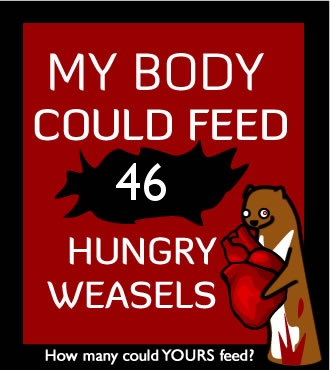NPR recently featured a story about a gentleman who had bad allergies and asthma, and intentionally infected himself with hookworms as a way to “cure” them. I have allergies and asthma, and I am absolutely unwilling to infest myself with hookworm, or any other parasitic worm. But, I was intrigued.
The basis for this man’s actions was the observation that allergies and asthma are pretty rare in undeveloped countries; countries where parasite infestations are rampant. And, this is quite true. But, are parasites the reason for the low incidence of allergies? There are lots of other factors that could be at work here. For example, the first thing that springs to my mind is that we are simply too clean here in the US. Many studies have pointed out that we have sterilized our environment for our children to the point that they don’t build up immunity to the world around them as well as they used to. We are too clean. And, when they encounter the routine “stuff” floating around out there in the world, it affects them more strongly than it might otherwise. Simply put, our kids need to be allowed to get dirty.
But, it turns out there is some merit to this allergy-parasite trade-off. Parasites infect their hosts, but don’t want to kill them. If the parasite kills its host, then it too will die. A good parasite just knocks down the host’s immune system to the point that the host doesn’t attack it. And, so the theory goes, with your immune system slightly impaired, you are also less likely to develop allergic responses.
Only a handful of clinical trials have been conducted because it is difficult to work with human subjects and to intentionally infect them with parasites. The FDA won’t allow it in fact. But, a few researchers in Europe have managed to try a few studies with something close to rigorous experimental conditions. The results, so far, are mixed. Work at the University of Nottingham suggests a reduced sensitivity to skin-prick tests in individuals infested. However, studies at the same institution found only slight, and not scientifically significant, improvements in airway response.
So, if you are an allergy sufferer right now, I would suggest that infesting yourself with hookworms is, perhaps, extreme, and gross. But, there are strong leanings towards the notion that perhaps we can learn what hookworms do to their hosts, and mimic that, as an effective treatment for allergy sufferers.





